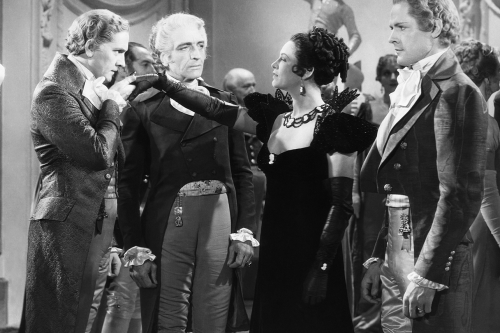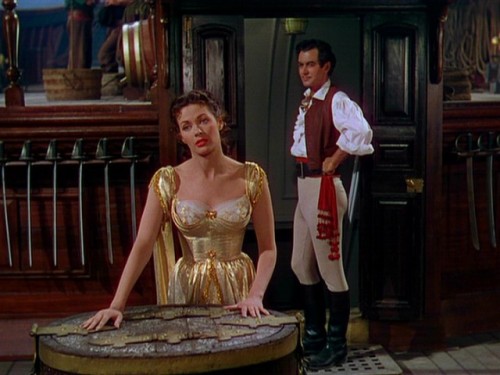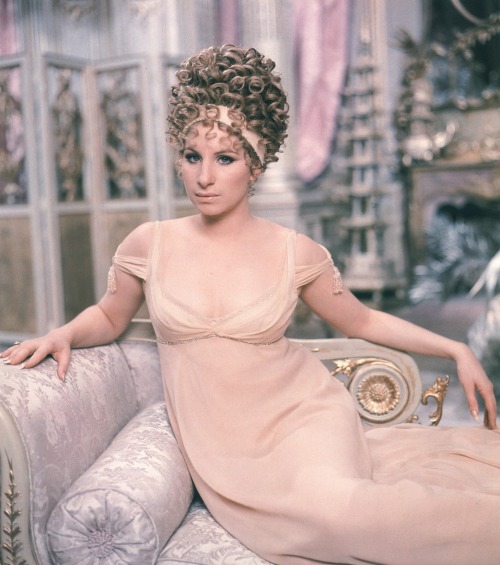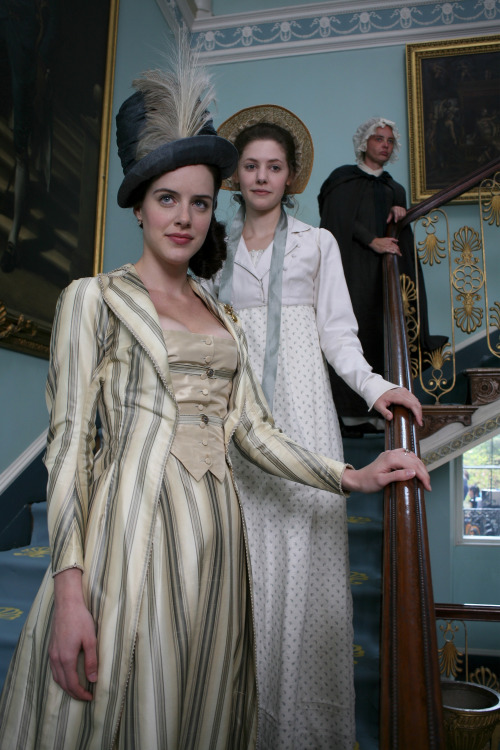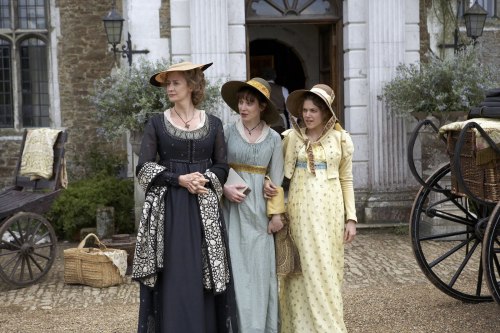
“I’LL NEVER FORGET YOU” (1951) Review
I have seen my share of time travel movies and television programs over the years. But I do not believe that I have never seen one as ethereal as the 1951 movie called “I’LL NEVER FORGET YOU”.
A second adaptation of John L. Balderston’s 1927 play, which was an adaptation of Henry James’ incomplete novel, “The Sense of the Past”; “I’LL NEVER FORGET YOU” told the story of an American nuclear physicist named Dr. Peter Standish, who is transported to London of the late 18th century. The story begins when a co-worker of Peter’s with the British nuclear program, Dr. Roger Forsyth, expresses concern about the former’s lack of social life. As the two become friends, Peter reveals that he had inherited an old house located at London’s Berkeley Square by a distant relative. He also also reveals that he was a descendant of an American Tory who had immigrated to Britain after the Revolutionary War to marry a cousin named Kate Pettigrew. Not long after this revelation, a thunderstorm sends Peter back to 1784, where he takes the place of his late 18th century ancestor, the other Peter Standish.
However, once 20th century Peter settles into his new life, he is struck by a series of surprises. One, he finds himself slowly falling in love with his fiancée’s younger sister, Helen Pettigrew. Peter discovers that Georgian era London is not the paradise he had assumed it to be for years. He also realizes that his occasional lapses of judgment, in which he uses modern day language and revealing information he could not have known if he had actually grown up in the 18th century. Peter’s occasional lapses and his feelings for Helen lead to growing antagonism toward him from not only his fiancée Kate, but also from Mr. Throstle, the man to whom Helen had been promised; leading to potential disaster for him.
I am usually a big fan of time travel movies. But if I must be honest, my reason for watching “I’LL NEVER FORGET YOU” stemmed from sheer curiosity and nothing else. I never really thought I would be impressed by this movie. And I was . . . much to my surprise. Mind you, the film’s method of time travel – a bolt of lightning – struck me as unrealistic, even from a fictional point of view. There was no machine or vehicle like a Delorean to channel the energy from that bolt of lightning. Instead, the Peter Standish was struck by lightning and transported some 160 years back to the past. That he survived being struck is a miracle.
Nevertheless, I still enjoyed “I’LL NEVER FORGET YOU” very much. At its heart, the movie featured two genres – time traveling and romance. And both seemed to intertwine perfectly, thanks to director Roy Ward Baker, who directed the 1958 classic, “A NIGHT TO REMEMBER”. There have been time travel movies in which the protagonists are slightly taken aback by the “primative” conditions of the time period in which they end up. But I found Peter Standing’s reaction to the reality of 18th century London rather enjoyable on a perverse level. I found it satisfying to watch him come to the realization that 1784 London was not the social paradise that he had assumed it was. “I’LL NEVER FORGET YOU” is also one of the rare works of fiction that pointed out the lack of decent hygiene that permeated Western society before the 20th century. Between Peter’s disgust at London society’s array of body odors and their bafflement at his habit of a daily bath, I was nearly rolling on the floor with laughter. But more importantly, “I’LL NEVER FORGET” is a poignant love story between Peter and Helen. What made it very satisfying for me is that Helen was the only one who seemed to have a bead on Peter’s personality. More importantly, she seemed to be interested in Peter’s comments about the future, instead of repelled by them.
But what really made the romance between Peter Standing and Helen Pettigrew worked were the performances of the two leads, Tyrone Power and Ann Blyth. Thanks to their intelligent and subtle performances, they made Peter and Helen’s love story believable. I was surprised that Michael Rennie had such a small screen presence in the movie, considering that he had received third billing. Nevertheless, I thought he gave a pretty good performance as Peter’s 20th century friend and colleague, Dr. Roger Forsyth. Another performance that caught my attention came from Dennis Price, who gave a very entertaining performance as Helen and Kate’s brother, a dye-in-the-wool late 18th century cad, Tom Pettigrew. Kathleen Byron gave an energetic and brief performance as Georgiana Cavendish, Duchess of Devonshire. The movie also featured solid performances from Beatrice Campbell, Raymond Huntley and Irene Browne, who not only portrayed the Pettigrew matriarch in this film, but also in the 1933 version, “BERKELEY SQUARE”.
Although I found the mode of time travel rather implausible – being struck by lightning, I must admit that I enjoyed “I’LL NEVER FORGET YOU”. In fact, I enjoyed it a lot more than I thought I would. And I have to thank Ranald MacDougall’s adaptation of John L. Balderston’s play, intelligent performances from a cast led by Tyrone Power and Ann Blyth, and more importantly, intelligent and subtle direction from Roy Ward Baker.













